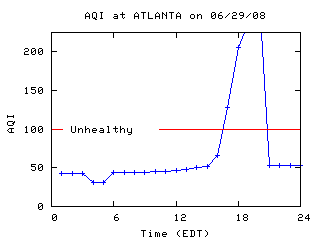I’m participating in the Semantic Technology conference in San Jose California this week. Already, it has been a very rewarding experience.
I’ve met some very talented and generous people here. They’ve pointed me to a number of tools and methods for creating relationships among different kinds of systems, working with legacy databases, designing ontologies, and displaying results. I’m very happy to see that some open-source solutions are available, but I think that my first foray into this world will have to be very limited in scope. There seems to be far too much work to do, and too many steps, to get basic relationships extracted and displayed. Despite my wider interests, I’m really going to have to limit the scope of my projects to what truly needs to be connected in order to leverage the information in some useful way. There were good cautions here in that regard, and I can see the inherent dangers of the lure of the “absolute librarian” position. Group brainstorming sessions – although a new word is needed for that – would give direction on the kinds of questions that need to be answered by linking data across unlike systems.
I’m still considering what resources might be available for what I think of as conceptually leaky terminology. I’ll be working with a folksonomy – a bottom-up, natural language approach – rather than imposing my own terminological standards. It’s one thing to organize a closed referential domain, but I’m going to need something more sophisticated than shopping cart categories. It’s got to be much more than Aristotle and Dewey. I haven’t seen too much technology yet that takes slippery or leaky definitional boundaries into account, or that uses natural language structures to extract and relate language objects that are similar, but not identical. How would one deal with nuanced vocabulary, textured language, figurative structures? I hope to get some hints on that as the conference marches on, because I’m hoping to do more than establish graphed predicate relationships between nouns. Even if it’s only for my own interests rather than a specific application, eventually I’m going to want adjectives and adverbs (as it were).
Another concern I have is how to deal with multi-layered access controls. If some people can see some kinds of information and not others, what are the best practices for structuring appropriate security layers? I’ve got some suggestions on different methods for doing that – using policy rules, qualifiers, attributes, maybe even roles. I want something that doesn’t require a lot of housekeeping.
I was hoping to see more in the way of cutting-edge research, but that may be my academic bias showing. This would be fertile terrain for autonomous agents, learning engines, methods gleaned from artificial intelligence research – but maybe it’s still too early for that. I’m not really very interested in programming. I want to see applications that do the dreary work once there is a conceptual model – even if it’s only a skeleton such as what I’ve seen so far – I’d rather spend my energy with the muscles and blood flows and immune systems and even the external costuming (how far can I push that body metaphor? I think that’s it for now… maybe the old vine reference is better, especially given the fondness here for the example of wine).
What about perspectival, role-based approaches? There are so many kinds of rhetoric and realms of discourse. Call it technically-precise language or call it jargon, what an executive calls something may not be the same as what the salesperson calls it, or the UNIX admin calls it, or the marketer calls it, or the client calls it… I haven’t seen anything that addresses that issue at all yet, but it’s a powerful reason to start with collaborative identifications such as basic tagging.
This conference really is a great opportunity for me to learn a lot in a very short time about a field that interests me (and for which I have immediate application). The people who work in semantic technology are very, very bright, and it’s been very rewarding so far. I still have a few more days here, so it may be that many of my questions will be answered or at least debated. I’ll return to Atlanta with a great little toolbox in any case. I can’t wait to start playing with some of this stuff.
The exhibit booths open tonight – I’ll be interested to see what’s out there.







